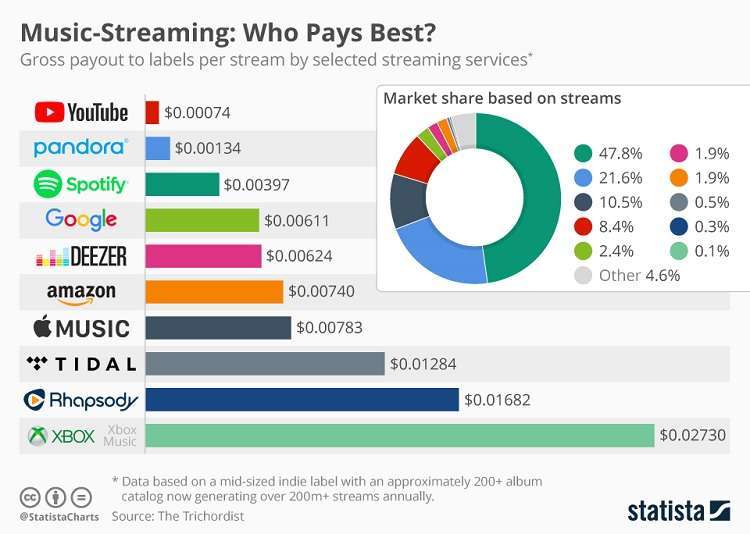

Spotify’s strengths are its comprehensive contemporary music library and its UI. When we mentally picture a friend – a music fan just like us – listening to Spotify using a Bluetooth speaker, we might ask ourselves: which will have the biggest impact on their listening experience: 1) upgrading the Spotify account to Tidal Hifi or Qobuz or 2) upgrading their current Bluetooth speaker to a pair of standmount loudspeakers and an amplifier? The idealist within us screams “Both!”. If we are to convince others that better sound quality is worth time and money, we must silence our inner grump. It’s incredibly tempting to rubbish the lot: Spotify is shit and so is Bluetooth.īut wait. We see our friends and relatives listening to lossy streams through 10 cent transducers which often suffer a second lossy blow via Bluetooth. Our audiophile-centric despair deepens when we see the audio hardware in play: at worst a smartphone or laptop speakers, at best a Bluetooth loudspeaker. When we talk to our non-audiophile friends (and family) about their chosen music sources, we hear repeated mentions of Spotify, Apple Music, Amazon and YouTube Music (and very little else). This audiophile niche is a long way from mainstream reality where physical formats are relics and lossy streaming on a smartphone sounds good enough. Many of us, including this commentator, spend money on all of the above. It’s why we purchase FLAC files from Bandcamp whose direct-sell model does away with the considerably deeper cuts of 1) pitiful streaming service pay rates and 2) rights holder commissions to remunerate musicians directly (minus 10% – 15%). It’s why we subscribe to streaming services like Tidal or Qobuz.

“Garbage In, Garbage Out” goes the mantra. Audiophiles – we know about the importance of source quality.


 0 kommentar(er)
0 kommentar(er)
